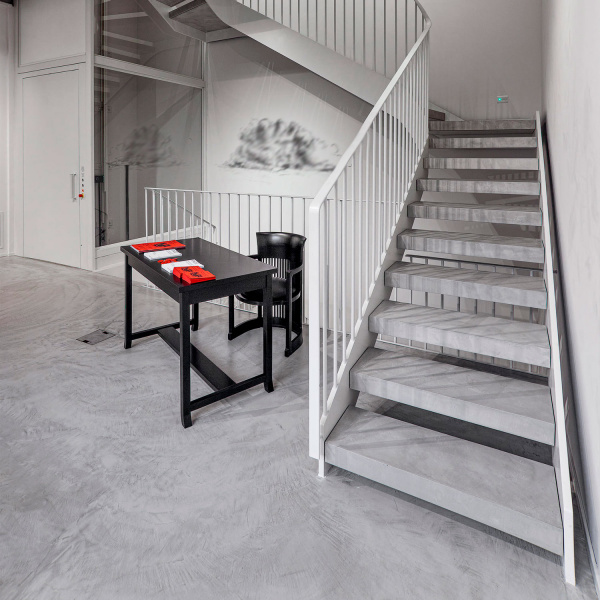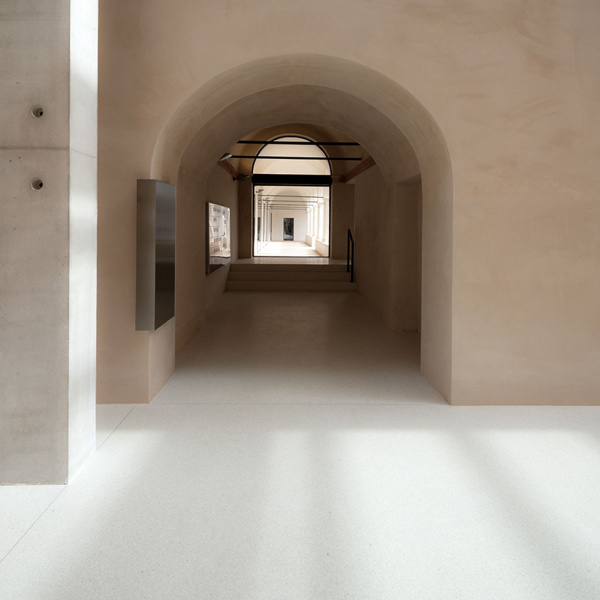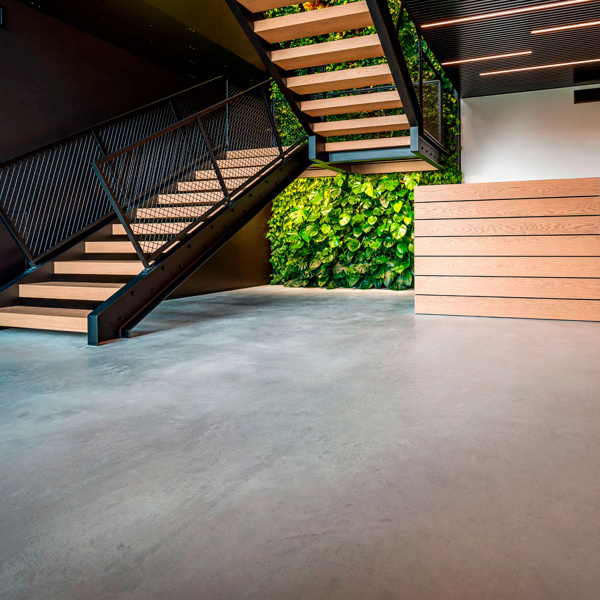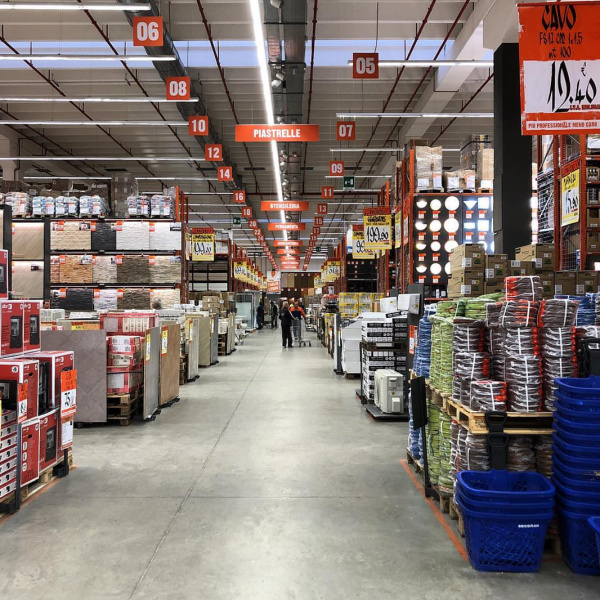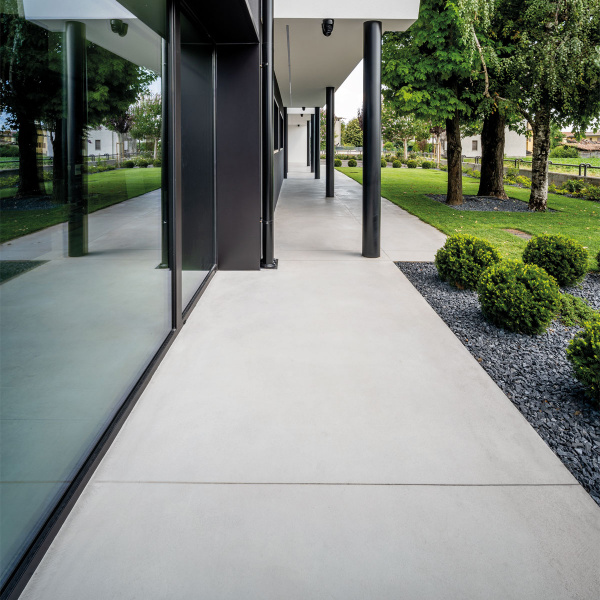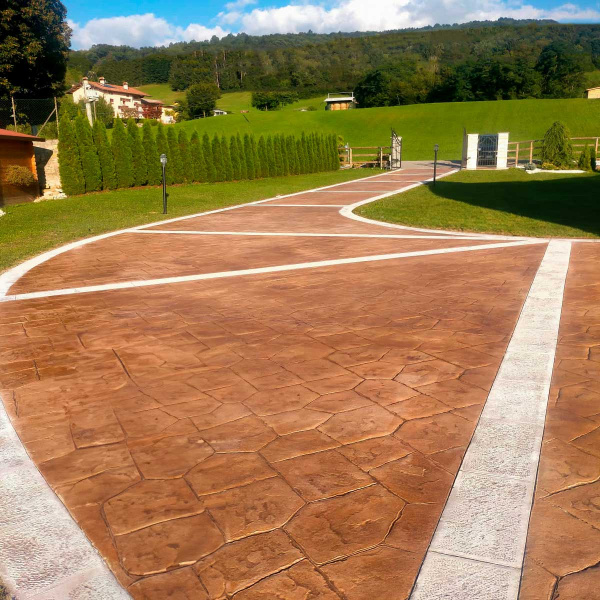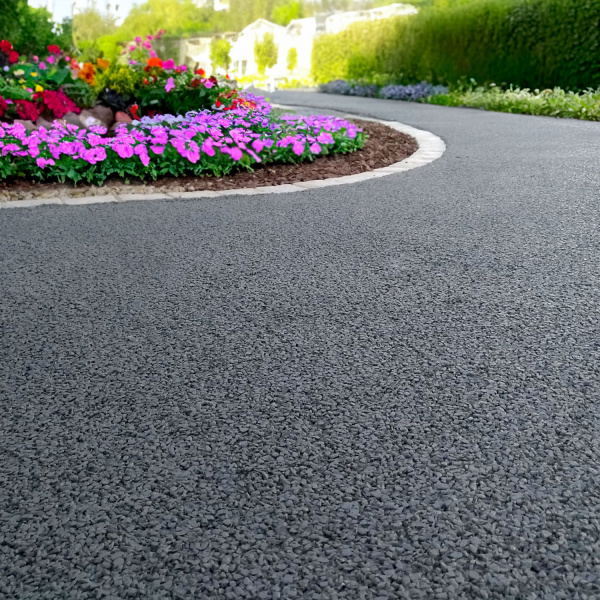Have you noticed that your concrete floor has cracks and you don't know how to intervene? Don't panic, let's find out together why cracks form in floors and how to best intervene.
Cracks in concrete floors: what they are
When you decide to opt for a concrete floor, the big obstacle that can arise is the possibility of cracks forming in the floors.
But why does concrete crack and these cracks appear?
Concrete is an excellent material for the construction of continuous floors, especially in industrial environments, but with an aesthetic limit, which is precisely given by the formation of cracks. These unsightly cracks can be produced by various factors. Let's see specifically what this phenomenon consists of.
Cracks in concrete floors: the main causes
One of the main causes of the formation of cracks in concrete floors is the lack of desolidarisation of the elevations detached from the concrete screed.
In practice, all the elements present in the floor limit the normal movements of the concrete.
We are talking about manholes, drains and more, in the case of external floors and in particular of pipes and columns as regards internal floors.
The presence of these elements triggers tensions within the material which lead to the formation of cracks in the concrete.
Another recurring cause of the formation of cracks is the incorrect dimensioning of the contraction joints or control joints which are made by cutting into the still fresh floor. When choosing to install a concrete floor, it is good practice to correctly size the expansion joints, based on the size of the floor itself. These, in fact, are able to absorb the normal movements of the concrete, preventing its cracking.
Even the excessive presence of water in the concrete mix at the time of laying can cause the formation of cracks. This happens because a greater quantity of water inside the mixture leads to a greater shrinkage of the material during the drying phase, which in itself is a delicate moment that can lead to the formation of cracks.
Another phenomenon that can easily lead to the formation of cracks in the concrete floor is attributable to atmospheric agents: in fact, if an excessive air temperature is recorded during the drying phases of the concrete floor, this could lead to too rapid evaporation.
The reinforcement of the screed is also essential: an incorrect positioning of the electro-welded mesh contributes to the formation of cracks and fissures, as well as the missing or incorrect arrangement of the iron rods at the corners of vertical elements such as manholes or columns.
If what we have seen so far are phenomena attributable to the phases of laying the floor, we must not forget that cracks in the concrete floor can also form if, in the design phase, a material suitable for resist normal work activity.
Especially in the case of industrial floors, in fact, the correct design of the material to be used in the mixture with the correct flow rate is essential to prevent the formation of cracks caused by daily wear.
How to fix cracks in concrete floors?
As we have seen, the formation of cracks in concrete floors is a very common phenomenon, which makes floors less aesthetically pleasing but which does not indicate structural problems.
But how to get rid of these unsightly cracks in the floor?
Thanks to the use of specific resins and cement mortars, it is possible to repair cracks and obtain a smooth and uniform concrete floor again.
Fill the cracks in the concrete with Isoplam® Deco Mortar Epox Bi Tixo
Deco Mortar Epox Bi Tixo Isoplam® is the perfect two-component epoxy mortar for repairing concrete cracks but not only. In fact, it can also be used for the repair of stone and brick surfaces, both horizontal and vertical, even at high thicknesses.
The particular composition of Deco Mortar Epox Bi Tixo makes it resistant to chemical attacks, while at the same time providing excellent characteristics of resistance to wear.
This epoxy mortar is perfect for repairing joints and cracks in concrete floors, as well as being suitable for making joist joints in floors deteriorated by expansion of the concrete.
To meet every need, Isoplam® has also created Deco Mortar Epox Bi Fluid, a fluid version of epoxy mortar, perfect for quickly restoring chipped joints.
Thanks to these products, a specialized Isoplam® installer can thus take care of repairing the crack and smoothing the surface, to give new beauty to your concrete floor.
How to apply Isoplam products for repairing cracks in concrete floors
Isoplam offers practical-theoretical advanced training courses for installers, which allow you to get to know cutting-edge techniques and products in depth for the repair of concrete floors and more. The specialized installers trained by Isoplam® can acquire a wide range of skills thanks to a team of expert and qualified trainers who accompany them throughout the process from start to finish.
Concreativity Workshops are the ideal and tailor-made solution to offer your clients quality and convincing solutions, while expanding your network and your business.
The courses are aimed at floor layers, tilers, building retailers, building companies and craftsmen, and are organized in small groups of participants.
Discover our products for repairing cracks in concrete and take a look at the introductory video on the application of Deco Mortar Epox Bi Tixo by clicking here.






